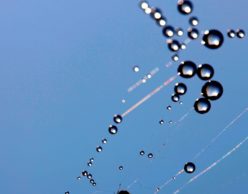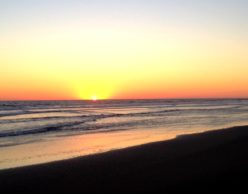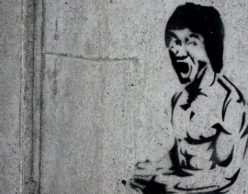A Korean’s Guide to Korean Skincare (for Non-Koreans)
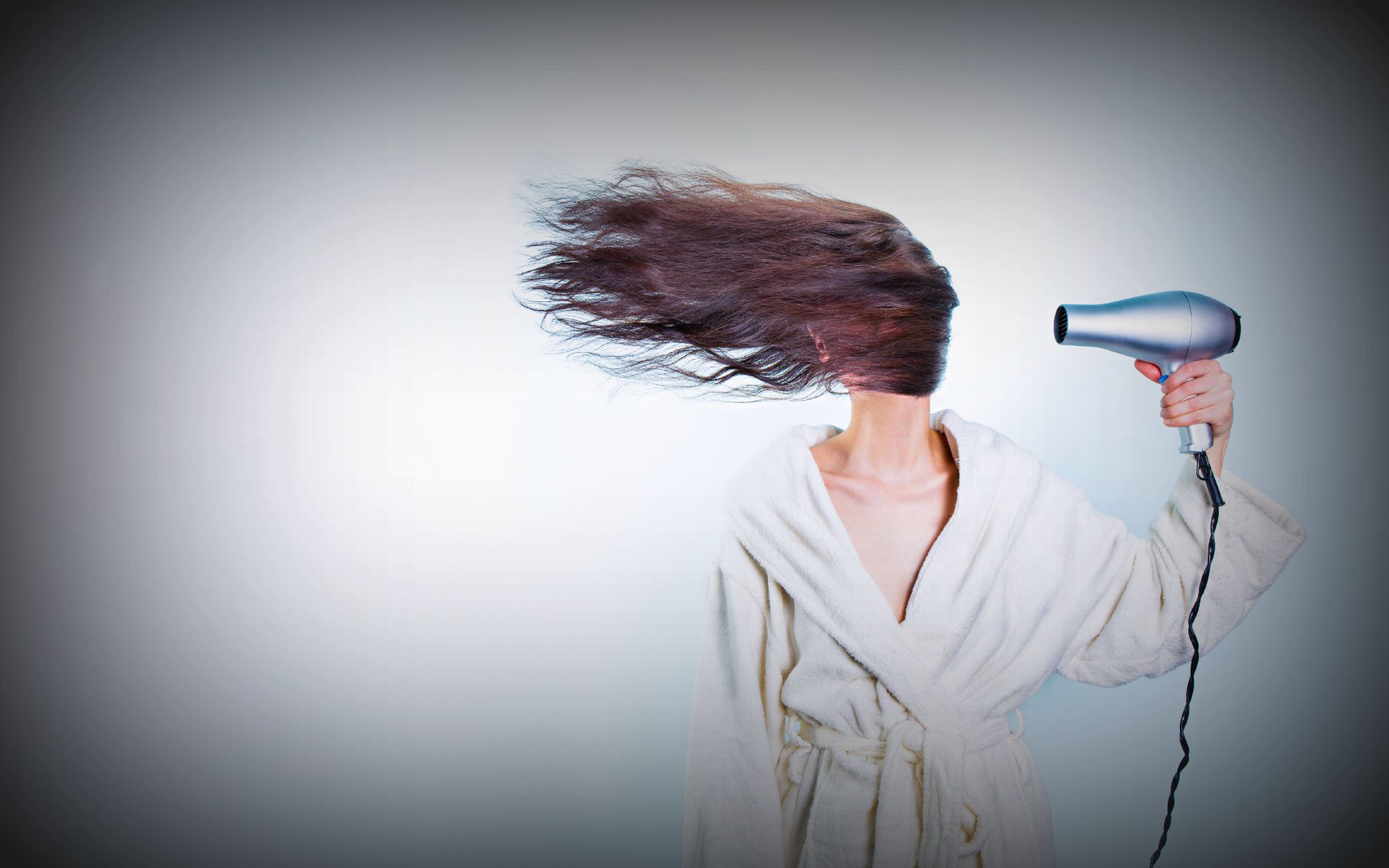
A favorite hobby of Western observers of Korea is to obsess over Korean vanity and beauty standards. Korea is the world capital of plastic surgery! Everybody in Korea wants to look exactly the same! Dear god, even men in Korea wear makeup! What is the meaning of it all?
Our thoughts here at Mash-Up HQ: Calm down. We can all agree that Korean beauty is a thing best determined by Koreans themselves, and not concern trolled by Westerners, yes? But now that even mainstream outlets like Sephora and Cosmo are “discovering” the secrets of Korean skincare here in ‘Murrica, it’s time to list some basic guidelines to everybody’s favorite obsession. Here is co-founder Amy’s Mash-Up tips to navigating Korean skincare, just in time for your spent-too-much-time-in-the-sun-and-drank-a-lot-of-dehydrating-margaritas-end-of-summer skin. This may involve snails. This will not involve having to learn, or be, Korean.
1. Attack, moisturize, and always use sunscreen.
This is the basic mantra of all Korean skincare. Use essences and serums to heal problem areas — Acne? Age spots? Wrinkles? — and prioritize your specific skincare needs. Then apply at least two different moisturizers, one lighter, one heavier. Finally, layer on the sunscreen, because the sun is the enemy of all things related to nice Asian skin. This can come pre-makeup, or if you’re wearing a Korean BB cream or foundation that has SPF in it (almost all of them do) you can skip it. That’s really it.
This ad popping up in my email made me feel a little crazy, btw:
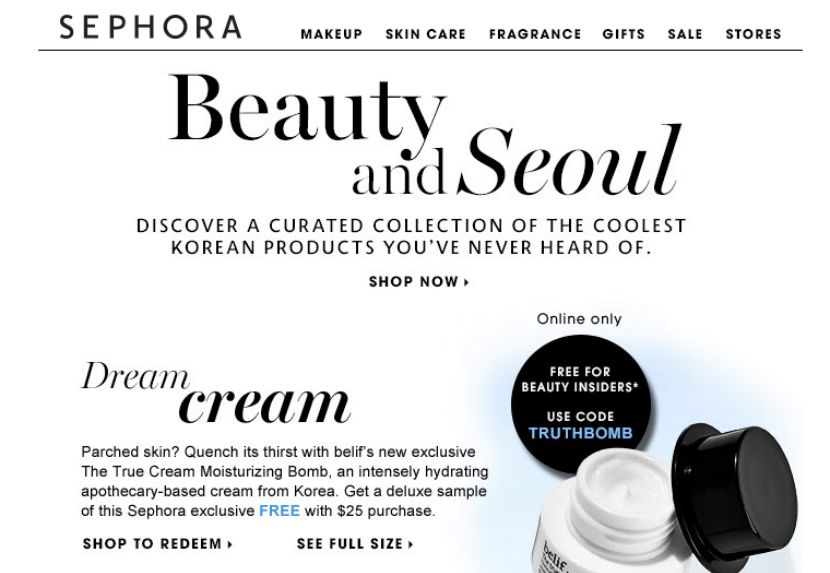
2. So these toners, essences, serums, emulsions … what the hell are they and how do you use them?
Great question. In the Korean context, these products mean slightly different things than they do for American brands. The short story:
Toners are used after cleansing, to balance the Ph of your skin. These are neutralizing products to help prepare your skin for the products to come. This is not the stripping-oil-weird-tingly-sensation toners we remember from puberty. They can be splashed or spritzed on your face and patted on lightly with your fingertips.
Essences are the next step, after your skin is primed by a toner. They are lightweight and have a specific agenda: brightening, tightening, moisturizing, etc. Can be used solo or in conjunction with serums.
Serums, or ampoules, operate much like serums in Western brands. They are the unglamorous workhorses of skincare. They are heavier than essences and used to pack major beauty-enhancing punch. Tons of different serums are available depending on what you’re prioritizing, such as anti-aging or brightening or what have you. Use this as third step.
Next come emulsions. Basically a featherweight moisturizer. If you have, say, oily skin and will not see the sun all day, this might serve as your only moisturizer. But since Koreans live and die by moisture and sunscreen, this will very rarely be your last step.
Cream. There are day creams, there are night creams, there are so many creams. Go with what feels good. No wrong answer here.
3. Don’t be afraid of weird ingredients like mushroom extract and snail goo.
Does putting snail mucous on your crows’ feet give you the heebies?
Korean beauty products follow the rules of Traditional Chinese Medicine — herbs, plants, and animal byproducts all figure very heavily into the healing, regenerating, and antioxidant-touting properties of Korean products. This is a good thing, and this also means that packages will boast ingredients from the benign and familiar-sounding brown sugar and rosemary to the strange and only-Asians-do-this-right?-sounding royal salmon eggs and advanced snail hydrogels. Remember: Food is medicine in TCM, and these ingredients are considered therapeutic and nutritious in cosmetics as well.
If the idea of putting snail mucous on your crows’ feet gives you the heebies, remember that Korean brands take pride in sourcing high quality, local goods, and products are heavily and closely regulated by the country’s food and drug administration. This is unlike pretty much anything we eat or put on our bodies in the U.S. So if you’re willing to pop an echinacea or slather coconut oil on your skin, give snail goo a try.
4. Always tap. Don’t rub.
Tap, tap, tap. Sometimes, even slap product gently onto your face! But never rub. Rubbing stretches the skin and in the Korean point of view, doesn’t actually help your skin absorb all of these brown sugars and snails you’ve just bought. You will find Korean ladies of all stripes slapping themselves silly in the name of beauty.
Your hands are an excellent tool. Put some product on your hand or spritz on your face, then gently press and tap product on until it’s absorbed. This also increases circulation and is kind of fun. Fancy Korean products, like fancy Western ones, come with little spoons or dispensers so you don’t have to dip your fingers into the container. Use them — it helps keep you from contaminating the product you are tapping all over the place.
5. Embrace the serial killer masks.
These cotton masks come in individual packages and are saturated with different types of essences with different utilities, from rice water to black pearl to mung bean. Once unfolded and applied to your face, they make you look like Jason in one of any of the Friday the 13th movies. Don’t worry about it. They’re fantastic. These can be bought in bulk at any Korean cosmetics store for about $2 apiece, and I guarantee there will be some kind of sale where if you buy 10 you get 2 for free. Apply, watch 20 minutes of Orange is the New Black, then remove and tap the excess essence on the surface of your face until it’s all absorbed. Pro tip: Don’t throw away the package right away! There’s probably another application or two of essence in there that you can squeeze out and use the next night. Also, I like to keep my masks in the refrigerator for a cooling effect.
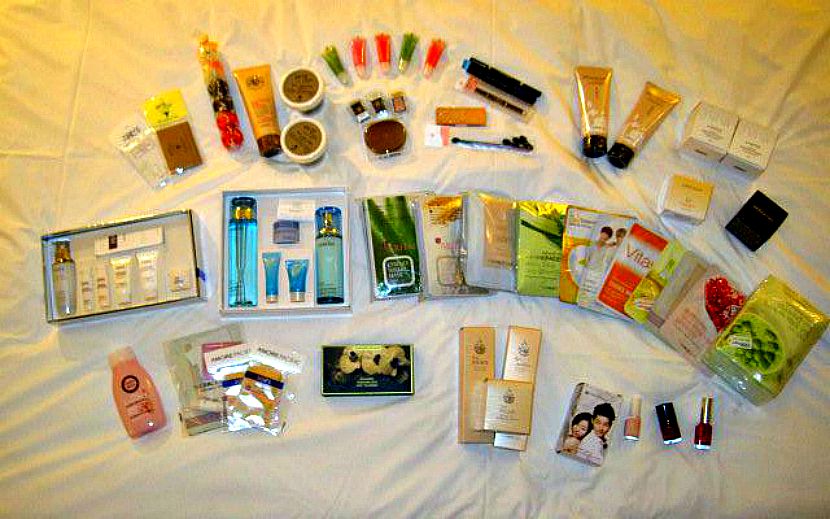
6. Whitening does not mean bleaching or that everybody Korean wants to be white.
Tons of Korean products tout “whitening” as a benefit. This does not mean you are going to bleach your skin or that you are going to start looking more like a white person or that Koreans have an ultimate goal of having white skin. In this case, whitening is synonymous with brightening, and essentially all Korean products that offer “whitening” are basically vitamin C-based rejuvenators and brighteners, not skin bleaches.
7. Buy a nylon washcloth.
Like these. Sure, they’re made in Japan. Whatever. It’s an essential for any Korean skincare regimen, and every Korean you know either uses one or grew up with their mom using one. It’s gentle enough to exfoliate your body every day, and you can use it with any body wash you like. Your skin will feel satisfyingly clean and smooth. These are available in any Korean general store in your local Ktown (Or maybe even closer! My Korean greengrocer in Brooklyn has them for sale, alongside overpriced organic produce) or you can buy them online. These washcloths will keep you fresh in between body scrubs. Speaking of …
8. Get naked, and get a body scrub.
If you can get over your bashfulness, you will like it.
Get thee to Koreatown, and to the jimjilbang of your choice for a full body scrub. You don’t need a Korean friend to take you. Yelp is ripe with reviews of jimjilbang, or bath houses, and can help you find one that fits your style. Generally, you’ll soak in various tubs, get naked, and then be escorted to a special area to have an older, no-nonsense Korean ajumma scrub you from head to toe with a special exfoliating cloth, called a “Korean Italy towel.” The genesis of the name? Who knows. I do know you will lose 18 lbs in dead skin cells, and if you can get over your bashfulness of having an old Korean lady scrubbing intimately in all of your crevices, you will like it.
In Korea, this is often a weekly body treatment; here in New York, I go a couple times a year. In addition to the cosmetic benefits, these scrubs are known to improve whole-body circulation, much like a massage. And jimjilbang is not just for ladies: Conan once went with Steven Yeun. Never forget.
9. Don’t be scared of shopping in Koreatown.
Don’t know how to speak Korean? Don’t have any Korean friends? Have never been to Koreatown in your life? DO NOT WORRY. Depending on where you live, your local Ktown may or may not look like a miniature version of Seoul. It can be intimidating for a non-Korean, or somebody Korean who feels sometimes not-Korean-enough (come and talk to me). I understand that. And walking into a beauty store filled with Korean salespeople with impossibly perfect skin can be a bit unnerving.
But trust: These scions of skincare all speak English, they have heard every question under the sun, and they genuinely want to help. There are lots of very affordable, accessible Korean beauty brands that have made inroads in the U.S., including Face Shop, Nature Republic, and Tony Moly. Pop into any shop, try the samples, and give it a shot. I promise it will be fun.
10. Still feeling nervous? Order a Memebox.
Memebox is an ingenious company that puts together beauty packages based on personal needs and preferences. It is basically a Korean cosmetic and skincare curator to introduce both indie and mainstream Korean beauty brands to the wider world. It delivers in the U.S., and it’s affordable! Just order a box, subscription not necessary, and explore.
What are your secrets? Share!
Beauty is universal, and universally challenging. You are not alone!
Hair Revelations from Mash-Up Ladies
Skinny in America, Fat in Korea
How to Make Pretty a Non-Priority
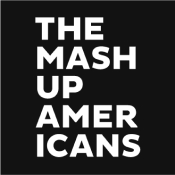
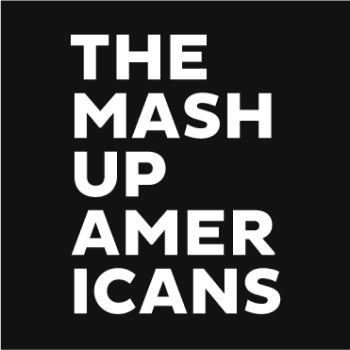
![[Image Description: Photo of a Black woman smiling into the camera. She has shoulder-length brown hair with gold highlights, and is wearing red lipstick and a purple shirt with a zig-zag pattern. The sunlight is shining on the side of her face.] Photo Credit: Andrea Scher](https://www.mashupamericans.com/wp-content/uploads/2021/02/Standard-New-Site-Feature-Image-Size-1140-x-400-2-248x194.jpg)
